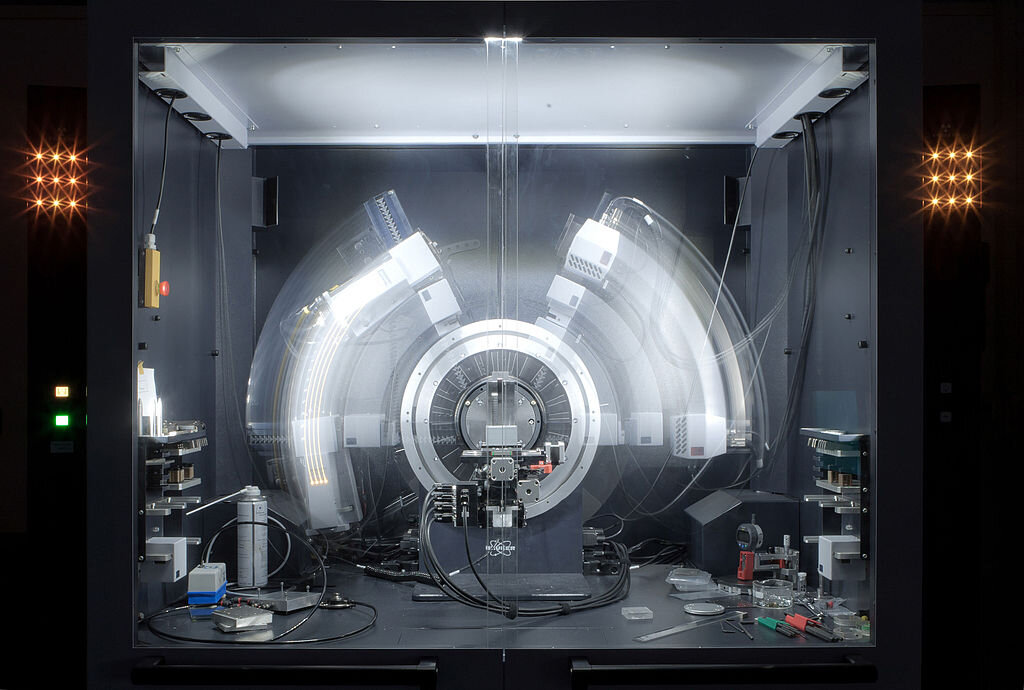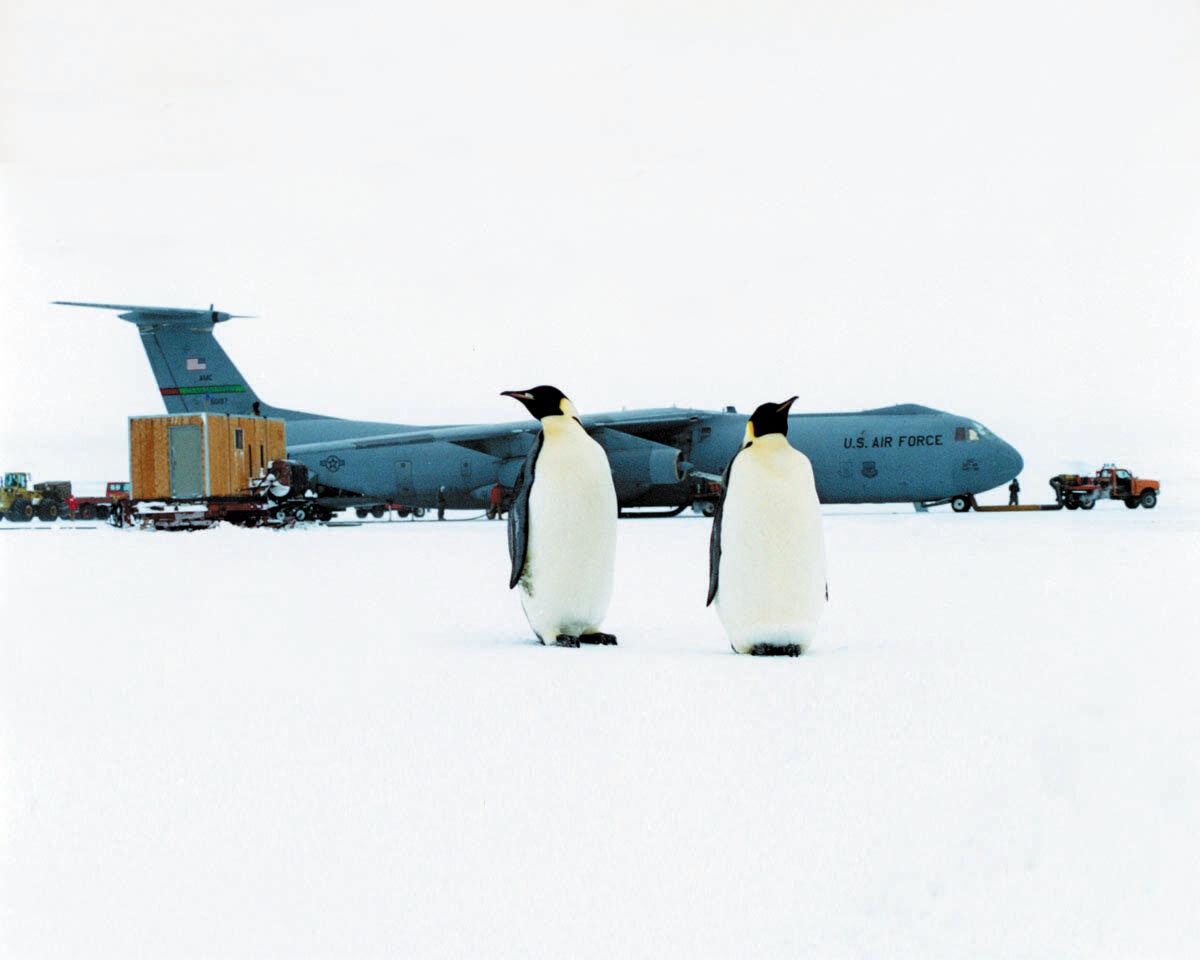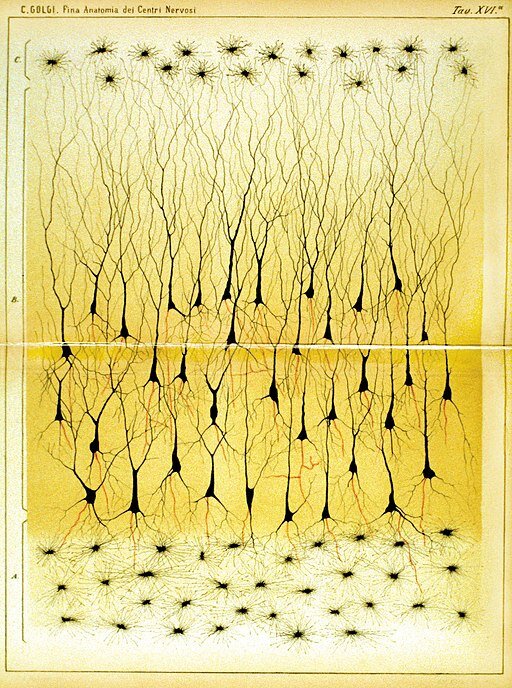
The Zoologist’s Guide to the Galaxy | Undark Magazine
Q. But how do they look?
A. Nobody knows, we can only imagine.

For the Sake of Science | Distillations | Science History Institute
“That work would earn him the 1944 Nobel Prize for Chemistry and a postwar platform he would use to oppose nuclear weapons. Like many scientific feats, the discovery of nuclear fission was made with the help of others, including colleagues and close friends, such as Lise Meitner. But after the war Hahn minimized the contributions made by Meitner. Why did he do it—for the pursuit of personal glory or some other reason?”

Medieval Weather Prediction | Physics Today
Who created the term “weather forecast”? What is astrometeorology and why was it widely embraced? Is it all about ignorance or just a necessary step in the process of discovery? Plus, an account of life of Guido Bonatti. Have you heard his name? Happy Readings!

Suggested Readings | AEON | LowTechMagazine | MIT Press Reader
To wrap up this month of March I recommend three articles for those inclined to enjoy long reads. Fascinating stories about history of Cherokee numerals, sewage-fed aquaculture, and a French revolutionary, Madame Roland. Happy Readings!

The High-Flying, Death-Defying Discovery of Helium | Science History Institute
Pierre Jules Cesar Janssen ( February 1824- December 1907), also know as Jules Janssen, was a French astronomer “who will always rank as one of the most eminent scientific men of his country” ( click on PDF sign at the top of the name link to read in full).

A scientist and Dancer | Undark | Arstechnica
“I am among those who think that science has great beauty.” As quoted in Madame Curie : A Biography (1937) by Eve Curie.
“Intoxicating art and, simultaneously, an industrial accomplishment”. Mallarme on Loie Fuller, ”Les fonds dans le ballet”, 1893.

An 81-Year-Old Snapper | Hakai Magazine
Why did I start to think about fish age determination? I read an article in Hakai Magazine that an 81-Year-Old Snapper was discovered off the coast of Broome, Australia and, obviously, the first question was “How do they know? “ There is no shame in saying “I don’t know”, right?

The Battery Invented 120 Years Before its Time - BBC Future
Q. Who coined the term “electric battery”?
A. Benjamin Franklin in 1748
18. Upon this, we made what we call'd an electrical-battery, consisting of eleven panes of large sash-glass, arm'd with thin leaden plates pasted on each side …

Why Computers Will Never Write Good Novels | Nautilus
Q. Would you read a computer generated romance novel?
A. May be, out of curiosity.
Q. Do you think such novel could bring tears to your eyes?
A. Oh, dear, I don’t think so - it takes a human to make other human cry.

On Polar Bears and Art | The Conversation
“As expected, the fascination with polar bears went beyond them being depicted in paintings or sculptures. There is no doubt that as soon as they were found, they had to be brought to the towns on a firm land for entertainment.”

Walter Friedrich, pioneer of X-ray diffraction | Penn State News
Behind any outstanding scientist we almost always find a family that offered unconditional support or a group of collaborators who were glad to remain in shadows. But it doesn’t mean that their names should vanish from the collective memory. From the Penn State News comes a story about a pioneer of X-ray diffraction Walter Friedrich (1883-1968).

Charles Darwin’s Descent of Man, 150 Years Later | JSTOR Daily
“My conviction of the power of sexual selection remains unshaken; but it is probable, or almost certain, that several of my conclusions will hereafter be found erroneous; this can hardly fail to be the case in the first treatment of a subject. When naturalists have become familiar with the idea of sexual selection, it will, as I believe, be much more largely accepted; and it has already been fully and favourably received by several capable judges.”

The Factorial Notation | Christian Kramp | 1808
“I have given it the name 'faculty'. Arbogast has substituted the name 'factorial' which is clearer and more French. In adopting his idea I congratulate myself on paying homage to the memory of my friend.”

How America Has Always Advertised the Next Golden Age of Computers | Literary Hub
“Computer advertisements from the 1950s were divided between two dominant styles: The first was the so-called shirt sleeve style of ad—a holdover from the 1930s and 40s—which tended to include several paragraphs of sales copy, sometimes in the form of a testimonial from a scientist or CEO, alongside decorative headline text and various overlapping elements—the overall result of which was a busy design and a hard sell. The second …”

Operation Deep Freeze
“To start with, pilots often had difficulty distinguishing the ice runway from the surrounding snow. As a result, several aircraft initially touched down short of the runway, adding additional stress on the aircraft. To help alleviate this during DEEP FREEZE III, one of the first C‑124s, on 30 October, carried in 25 small evergreen trees, 4 to 6 feet in height.”

Faxes, Mascots, and Manga: Science Communication in Japan | Physics Today
“If those anachronistic approaches seem surprising for a country popularly associated with cutting-edge tech, there’s a reason they persist. Traditional delivery mechanisms like faxes are part of a system that caters to domestic media and often results in Japanese science news never breaking abroad. The country’s unique approach to science communication also includes a plethora of costumed characters and comics that portray scientists as champions and make research accessible and playful.”

Scientists for the People | AEON Magazine
“‘There are two types of popularisers,’ he wrote for a broad scientific audience in 1929. The first ‘feigns sympathy with the less educated’, but takes a condescending tone and ‘grows cranky’ without the ‘crutch’ of ‘jargon and ‘mathematical formulas’. The second takes ‘pleasure and pride’ in letting go of those crutches and succeeds in raising ‘the reader and himself into a more general sphere that lies above that of technical expertise’. If the first type of populariser was arrogant and paternalistic, the second displayed humility and respect for the non-scientist.”

Early Illustrations of the Nervous System by Camillo Golgi and Santiago Ramón y Cajal | The Public Domain Review
“In 1906, Golgi and Ramón y Cajal were jointly awarded the Nobel Prize in Physiology or Medicine and invited to share the stage in Stockholm. “The expectation was”, Finger writes, “that Golgi would talk about the stain that allowed scientists to see neurons better than ever before” and Cajal would “describe the studies that led him to neuron doctrine”. However …”

New Light Shed on Charles Darwin's 'Abominable Mystery' | BBC
“Darwin coined the phrase, abominable mystery, in 1879. In a letter to his closest friend, botanist and explorer Dr Joseph Hooker, he wrote: "The rapid development as far as we can judge of all the higher plants within recent geological times is an abominable mystery."

The Art of Whaling | The Public Domain Review
“Here, they watched whales breach the Atlantic’s surface and pronounced the ocean “a green pasture where our children's grandchildren will go for bread”. Can we say the same nowadays?